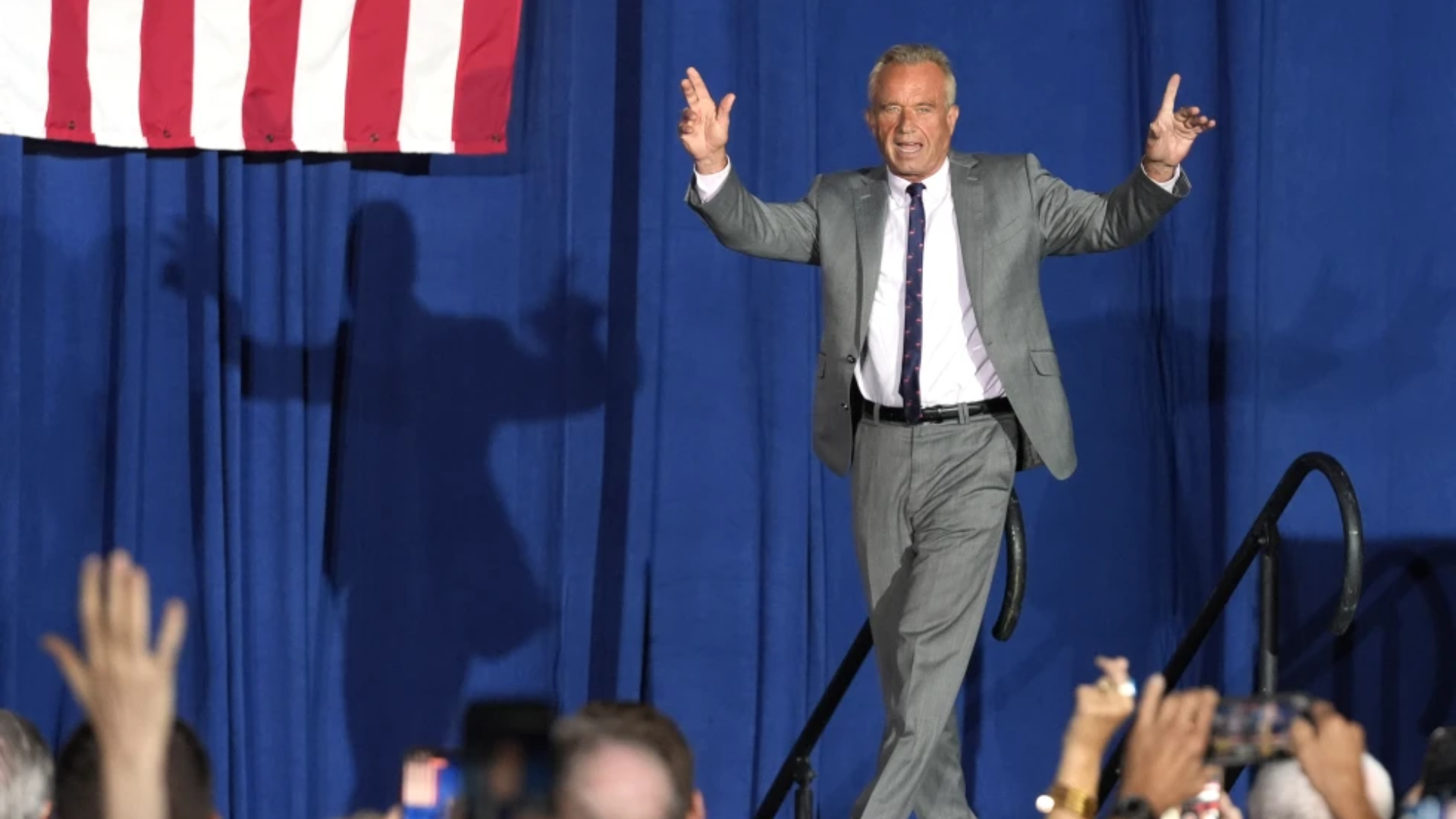WASHINGTON (AP) — More than three days after a fatal accident on Washington’s aging and frequently criticized subway system, investigators have not provided details about what caused a train to fill with smoke or what could have been done to limit passengers’ exposure.
That left the local government, which was only responsible for the emergency response, to explain its actions, and its timeline left as many questions as answers.
Preliminary details released Thursday by the District of Columbia government showed it took rescuers at least a half-hour to reach the smoke-filled train, as communication breakdowns between its operator, his command center and firefighters left help waiting at a station just 800 feet away.
First responders couldn’t safely leave the Metro platform because they weren’t told whether someone could be electrocuted by the third rail that powers the trains, authorities said.
One woman died and more than 80 others were sickened by smoke Monday afternoon when an electrical malfunction on the tracks led the train to stop as it traveled toward Virginia, shortly after it left the busy L’Enfant Plaza station in downtown Washington.
The city’s preliminary timeline confirmed that passengers waited more than a half-hour for help, and that more than an hour passed before an ambulance began carrying the dying woman to a hospital. It shows firefighters waited at the station for 13 minutes before officials with the Metro transit authority confirmed people were trapped and that the electrified third rail had been shut down. City firefighters are trained not to walk on the tracks while the third rail is live.
It’s still not clear what caused the electrical malfunction that halted the train or whether the operator could have returned it to the station, which he told passengers he was planning to do. The National Transportation Safety Board is investigating and Metro officials have declined to comment, leaving city officials and passengers to fill in what details are publicly known.
Metro is governed by a regional authority and funded by the federal government, the city, Maryland and Virginia.
Passengers said the operator told them every three or four minutes to stay put and that the problems were temporary, but aside from several lurches, the train didn’t move, and the smoke only got thicker.
“Those people should not have been trapped like rats in a subway car filling with smoke,” said attorney Kim Brooks-Rodney, announcing a lawsuit that will accuse the Metro transit agency of negligence.
“Something broke down and we’re going to find out what it is,” she said.
Among the questions the city’s timeline didn’t address: Why did it take so long for the third rail to be shut down? And why wasn’t Metro better able to ventilate the smoke-filled tunnel?
“There are a lot of questions that remain,” said Mayor Muriel Bowser, a Democrat who took office Jan. 2.
The city’s timeline also lacked some key details. It said the first ambulance arrived on the scene nearly an hour after smoke was reported. City officials insisted Thursday that ambulances were there much sooner, but they didn’t say exactly when.
One of the two passengers who plan to sue, Malbert Rich, 53, said he composed final text messages to his mother and children, thinking he might not survive.
“I just didn’t see any way that we were going to get out of there because the smoke was encapsulating and all you could see out the window was darkness,” Rich said.
Other passengers cried, cursed and prayed. Some shared water, and then a bottle of wine as they waited, he said.
The official timeline says the first report of trouble came at 3:18 p.m. on Monday, when a 911 caller reported smoke emerging from a tunnel.
By 3:45 p.m., two people were still calling from the train to ask if help was on the way. The first firefighters are believed to have reached the train three minutes later, deputy city administrator Kevin Donahue said Thursday.
At 4:09 p.m., officials reported performing CPR on a passenger who later died. Passengers have said they tried to revive her on the train before emergency responders got there. She wasn’t taken to a hospital until 4:25 p.m.
Many passengers finally decided to evacuate on their own, against the operator’s instructions. Some reached the station just when emergency responders were leaving the platform and entering the tunnel.
“All we got was, ‘Stay in place. Yes, I know there’s smoke. Don’t leave,'” said Luis Clemens, 47, a National Public Radio editor who left the train. “And that doesn’t make a whole lot of sense.”
The woman who died, Carol Glover of Alexandria, Virginia, succumbed to acute respiratory failure due to smoke exposure, according to the city’s medical examiner. Hundreds answered an online fundraiser to cover her funeral costs and by Thursday evening, donations totaled more than $15,000.
The president of the city firefighters’ union, Ed Smith, said Metro has the ability to use its exhaust system to pull smoke out of a station or push it down a tunnel, and it’s not clear to what extent that was done Monday.
“I feel they did the best they could,” Smith said of the firefighters who responded. “There were hundreds of people evacuated off that train, single-file and in a smoke-filled environment. It was a very difficult situation for everybody and it was a huge undertaking.”
Copyright 2015 The Associated Press. All Rights Reserved. This material may not be published, broadcast, rewritten, or redistributed. (AP Photo/Jacquelyn Martin, File)





















